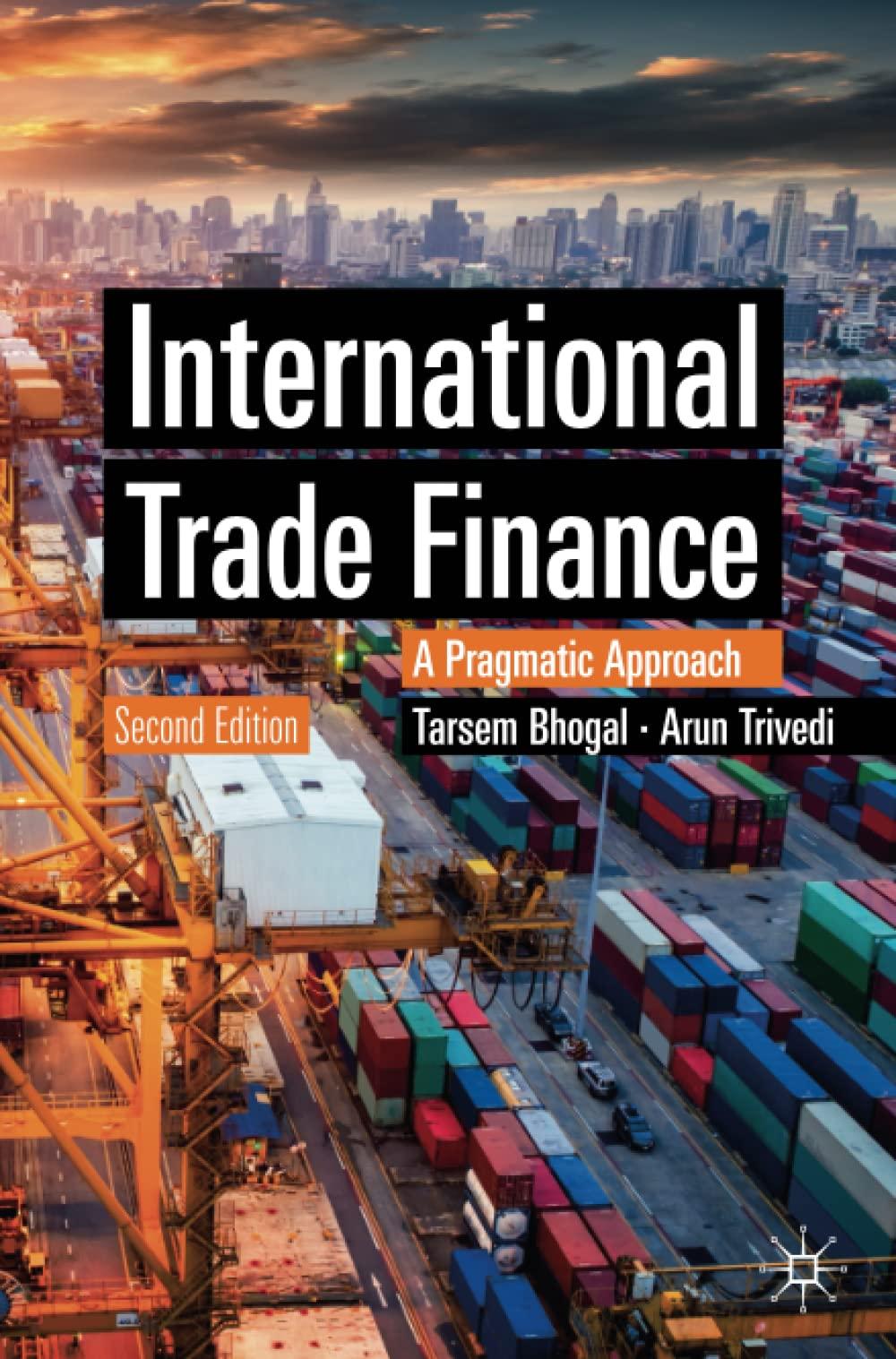Answered step by step
Verified Expert Solution
Question
1 Approved Answer
can help answer all questions 2 1=view&.content_id=_7572595_1&course_id=_59763_1 Question 2 Risk & Return Part 3 Suppose you have invested all your capital ($25,000) in a portfolio

can help answer all questions 2
1=view&.content_id=_7572595_1&course_id=_59763_1 Question 2 Risk & Return Part 3 Suppose you have invested all your capital ($25,000) in a portfolio of one stock only, Exxon Mobil. Exxon Mobil has an expected return of 11% and a volatility of 28%. You know that the market portfolio has an expected return of 10% and a volatility of 14%. Assume that the risk-free interest rate is 4%. Under the CAPM assumptions: a) What alternative investment has the lowest possible volatility while having the same expected return as Exxon Mobil? What is the volatility of this new portfolio? b) What investment has the highest possible expected return given that you want to maintain the same volatility as Exxon Mobil? What is the expected return of this new portfolio? c) Given the information above, plot the CML and highlight the set of portfolios that dominates your original portfolio of Exxon Mobil stocks only. d) What are the CAPM betas of both portfolios? Comment on the results. Question 3. Risk & Return Part 4 a) Describe what each of the following pairs of asset pricing models has in common, and how they differ: i. APT and CAPM ii. CAPM and F-F-C (Fama-French-Carhart) model iii. F-F-C model and APT b) Suppose that you believe three risk factors drive stock returns: unexpected changes in oil prices, unexpected shifts in GDP, and unexpected movement in the overall stock market. The risk premium for bearing oil-price risk is 4%, the risk premium for GDP risk is 5%, and the risk premium for bearing market risk is 6%. Fortunes of BP Ple are very sensitive to oil prices, meaning that its "oil price" beta is 2. Its GDP beta is 0.5, and its market beta is 1.0. If the risk-free rate is 3%: what is the expected return on this stock? c) The expected risk premium on small stocks relative to large stocks is 6%, the expected risk premium on low book-to-market stocks relative to high book-to-market stocks is 4%, and the expected risk premium on prior one year momentum portfolio is 3%. Assume that the expected risk premium on the overall stock market relative to the risk-free rate is 5%. National Grid stock has a market beta of 0.8, a size beta of 0.2, a book-to-market beat of 0.4, and a prior one year momentum beta of 0.1. if the risk free rate is 4%, hat is the expected return on National Grid stock according to the F-F- C model? 1=view&.content_id=_7572595_1&course_id=_59763_1 Question 2 Risk & Return Part 3 Suppose you have invested all your capital ($25,000) in a portfolio of one stock only, Exxon Mobil. Exxon Mobil has an expected return of 11% and a volatility of 28%. You know that the market portfolio has an expected return of 10% and a volatility of 14%. Assume that the risk-free interest rate is 4%. Under the CAPM assumptions: a) What alternative investment has the lowest possible volatility while having the same expected return as Exxon Mobil? What is the volatility of this new portfolio? b) What investment has the highest possible expected return given that you want to maintain the same volatility as Exxon Mobil? What is the expected return of this new portfolio? c) Given the information above, plot the CML and highlight the set of portfolios that dominates your original portfolio of Exxon Mobil stocks only. d) What are the CAPM betas of both portfolios? Comment on the results. Question 3. Risk & Return Part 4 a) Describe what each of the following pairs of asset pricing models has in common, and how they differ: i. APT and CAPM ii. CAPM and F-F-C (Fama-French-Carhart) model iii. F-F-C model and APT b) Suppose that you believe three risk factors drive stock returns: unexpected changes in oil prices, unexpected shifts in GDP, and unexpected movement in the overall stock market. The risk premium for bearing oil-price risk is 4%, the risk premium for GDP risk is 5%, and the risk premium for bearing market risk is 6%. Fortunes of BP Ple are very sensitive to oil prices, meaning that its "oil price" beta is 2. Its GDP beta is 0.5, and its market beta is 1.0. If the risk-free rate is 3%: what is the expected return on this stock? c) The expected risk premium on small stocks relative to large stocks is 6%, the expected risk premium on low book-to-market stocks relative to high book-to-market stocks is 4%, and the expected risk premium on prior one year momentum portfolio is 3%. Assume that the expected risk premium on the overall stock market relative to the risk-free rate is 5%. National Grid stock has a market beta of 0.8, a size beta of 0.2, a book-to-market beat of 0.4, and a prior one year momentum beta of 0.1. if the risk free rate is 4%, hat is the expected return on National Grid stock according to the F-F- C modelStep by Step Solution
There are 3 Steps involved in it
Step: 1

Get Instant Access to Expert-Tailored Solutions
See step-by-step solutions with expert insights and AI powered tools for academic success
Step: 2

Step: 3

Ace Your Homework with AI
Get the answers you need in no time with our AI-driven, step-by-step assistance
Get Started


